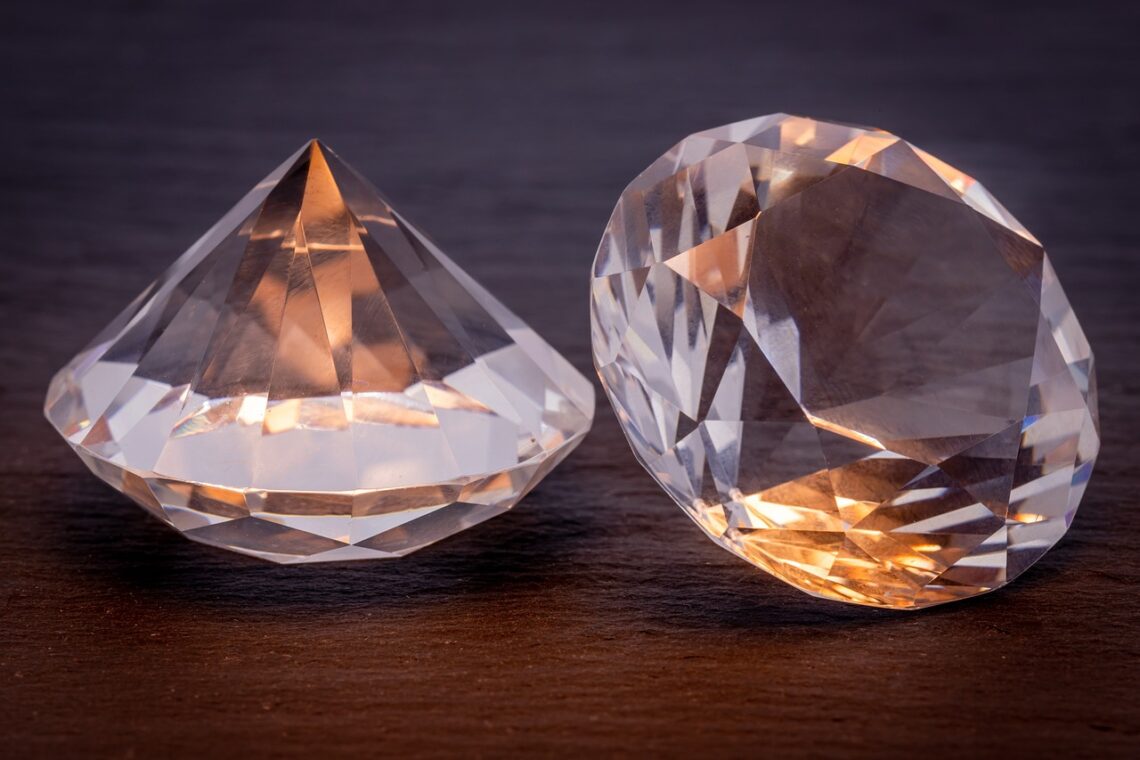
The Best 22 Intriguing Facts About Diamonds
Intriguing Facts About Diamonds
Prepare to be enthralled by the extraordinary allure and captivating secrets of diamonds, as we explore a treasure trove of intriguing facts about diamonds, these precious gemstones.
From their exquisite beauty to their historical significance and remarkable formation, diamonds have fascinated humans for centuries.
Join us on this captivating journey as we unravel the lesser-known aspects of these fascinating gems, shining a light on the hidden wonders that lie within diamonds’ shimmering depths.
The Origin of Diamonds: A Diamond’s Journey to the Earth’s Surface
Diamonds are formed deep within the Earth’s mantle under intense heat and pressure.
They make their way to the surface through volcanic eruptions that carry them in pipes known as kimberlite or lamproite.
These pipes act as natural conduits, transporting diamonds from the depths of the Earth to the surface, where they can be mined and admired.
The Hardest Substance on Earth: Diamond’s Remarkable Hardness
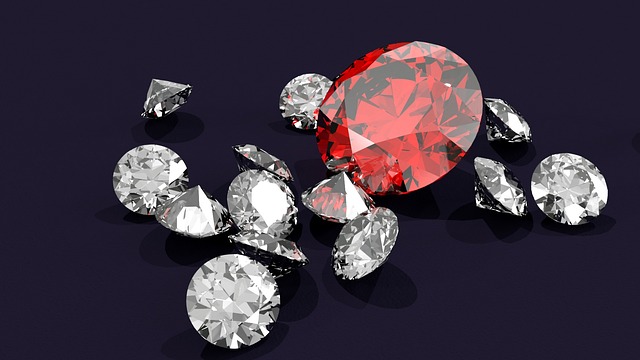
Diamonds are renowned for their exceptional hardness, scoring a perfect 10 on the Mohs scale.
This scale measures the relative hardness of minerals, and diamonds are the hardest naturally occurring substance.
This property makes diamonds ideal for industrial purposes, such as cutting, grinding, and polishing other materials.
The Cullinan Diamond: The Largest Diamond Ever Found
The Cullinan Diamond, discovered in South Africa in 1905, remains the largest diamond ever found.
It weighed a staggering 3,106 carats in its rough state, equivalent to about 1.37 pounds or 621 grams.
The diamond was eventually cut into several smaller diamonds, some of which now adorn the British Crown Jewels.
The Hope Diamond: A Mysterious Blue Gem
One of the world’s most famous diamonds, the Hope Diamond, holds an air of mystery and intrigue.
This breathtaking blue diamond is believed to be cursed, with stories of misfortune and tragedy surrounding its owners.
Today, the Hope Diamond is on display at the Smithsonian National Museum of Natural History, captivating visitors with its mesmerizing beauty.
Lab-Grown Diamonds: Nature Replicated in a Laboratory
Lab-grown diamonds, also known as synthetic or man-made diamonds, are created through a process called chemical vapor deposition.
By replicating the natural conditions of diamond formation, scientists are able to produce diamonds with the same physical and chemical properties as natural diamonds.
These lab-grown diamonds are becoming increasingly popular due to their ethical and sustainable nature.
Ancient Diamond History: Diamonds in Mythology and Ancient Cultures
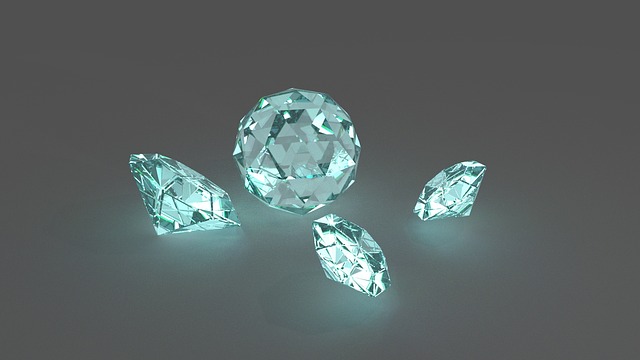
Diamonds have held significance since ancient times. In ancient Hindu mythology, diamonds were considered tears of the gods or splinters of stars that had fallen to Earth.
Plus, the ancient Greeks believed that diamonds were the result of cupid’s arrows, while the Romans associated diamonds with the strength and invincibility of Mars, the god of war.
The Tower of London and the Crown Jewels: A Sparkling Legacy
The Tower of London houses the Crown Jewels, which includes some of the most magnificent diamonds in the world.
Also, the collection dates back to the 12th century and contains iconic diamonds such as the Cullinan and the Koh-i-Noor.
These priceless gemstones have witnessed the passage of time and stand as symbols of power and royalty.
The Uncle Sam Diamond: A Surprising Discovery in the United States
Contrary to popular belief, diamonds are not only found in Africa. The United States is home to its own diamond mine known as the Crater of Diamonds State Park in Arkansas.
In 1924, the park’s largest diamond, named the Uncle Sam Diamond, was discovered.
Weighing a remarkable 40.23 carats, it is one of the largest diamonds ever found in the United States.
Diamonds in Outer Space: Diamonds Beyond Earth’s Surface
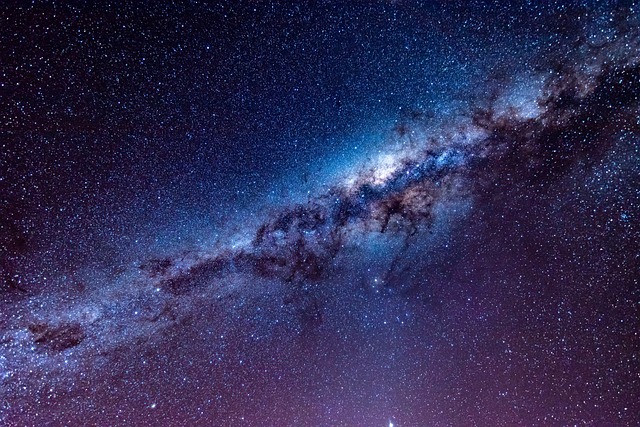
While diamonds are primarily associated with the Earth, they have also been discovered in outer space.
Scientists have identified a white dwarf star, BPM 37093, that is essentially a diamond planet. Located 50 light-years away from Earth.
This star is composed mostly of crystallized carbon, creating a gigantic diamond with a mass greater than the Earth.
Diamond’s Connection to Mental Illness
In ancient times, diamonds were believed to possess healing powers, particularly in relation to mental illness.
It was thought that wearing diamonds could ward off insanity and bring mental clarity.
Although this belief has no scientific basis, it showcases the enduring allure and symbolism associated with diamonds throughout history.
The Archduke Maximilian of Austria and the Regent Diamond
The Regent Diamond, a 140.64-carat gem with exceptional clarity and brilliance, once belonged to the Archduke Maximilian of Austria.
He wore it on his hat, enhancing his regal appearance.
Today, the diamond is part of the French Crown Jewels and is displayed at the Louvre Museum in Paris, enchanting visitors with its remarkable beauty.
Diamonds as Industrial Powerhouses

While diamonds are treasured as precious gemstones, not all diamonds are destined for jewelry.
Industrial diamonds, which are not suitable for use in jewelry due to their quality or size, find their purpose in industrial applications.
These diamonds are used in cutting, drilling, and grinding tools due to their incredible hardness and durability.
The Carob Tree Connection: Ancient Weight Measurement
The word “carat,” used to measure the weight of diamonds, has an interesting origin. In ancient times, carob seeds were used as standard weights due to their uniformity.
These seeds were similar in size and weight to small diamonds, hence the adoption of the term “carat” to measure the weight of precious gemstones.
Diamonds and the April Birthstone
Diamonds are the birthstone for the month of April. As the gemstone associated with this month, diamonds symbolize purity, strength, and eternal love.
It is fitting that diamonds, with their unmatched brilliance and endurance, are associated with the month of new beginnings.
The Hardest Substance on Earth: Diamond’s Exceptional Hardness
Diamonds are renowned for their incredible hardness. In fact, they are the hardest natural substance known to humankind.
This remarkable property is attributed to the tightly bonded carbon atoms within the diamond’s crystal structure.
It is due to this unparalleled hardness that diamonds are used in industrial applications, such as cutting and polishing other materials.
The First Diamond Ever Discovered
Did you know the first diamond ever discovered dates back to ancient times. The exact location and year of its discovery are unknown, but it is believed to have been found in India.
What’s more, diamonds were treasured for their beauty and rarity even in those early civilizations, laying the foundation for the enduring fascination with these precious gemstones.
Diamonds: Symbol of Love and Commitment
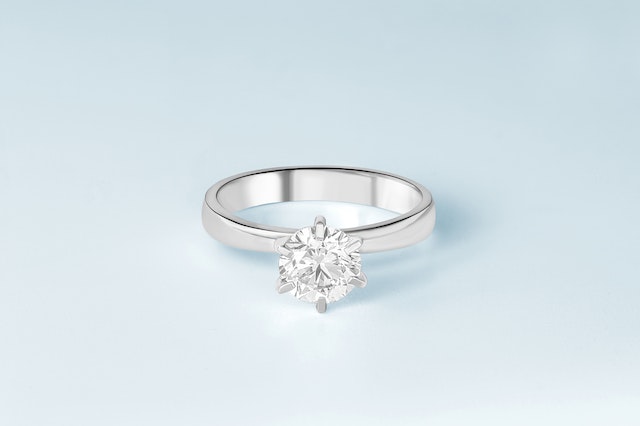
Diamonds have become synonymous with love and commitment, particularly in the form of diamond engagement rings.
This tradition traces back to the 15th century when Archduke Maximilian of Austria presented a diamond ring to Mary of Burgundy.
Solidifying the notion of diamonds as a symbol of everlasting love. Since then, diamond engagement rings have become a cherished tradition around the world.
Oldest Diamonds: A Glimpse into Earth’s History
Some diamonds are believed to be over three billion years old, offering a remarkable glimpse into the Earth’s ancient past.
These rare and ancient diamonds are found in specific locations, such as Australia’s Argyle Diamond Mine.
By studying these diamonds, scientists gain insights into the geological processes and conditions that existed billions of years ago.
Rough Diamonds: Beauty in the Unpolished
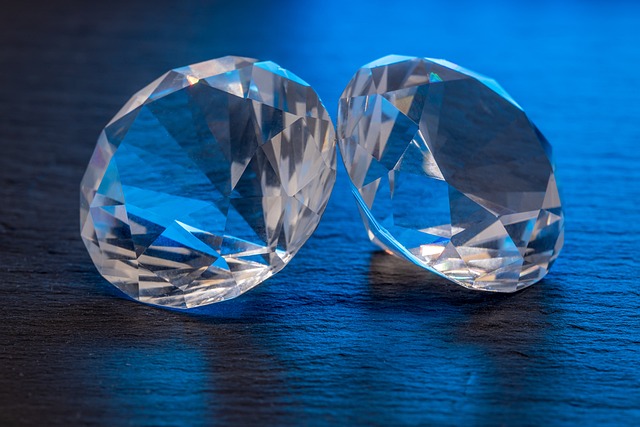
While we often envision diamonds in their dazzling, polished form, they start their journey as rough diamonds.
Rough diamonds exhibit a unique charm, with their natural shapes and textures showcasing the raw beauty hidden within.
It is through the meticulous process of cutting and polishing that rough diamonds transform into the radiant gemstones we commonly recognize.
The Greek Connection: The Origin of the Word “Diamond”
The word “diamond” has its roots in the ancient Greek language. It comes from the Greek word “adamas,” which means “unbreakable” or “indestructible.”
This association with strength and durability aptly describes the resilient nature of diamonds and their reputation as enduring and precious stones.
Synthetic Diamonds: Nature Replicated in a Lab
Advancements in technology have made it possible to create synthetic diamonds that possess the same chemical composition and physical properties as natural diamonds.
Synthetic diamonds are produced in a laboratory using high temperatures and extreme pressure to mimic the natural processes that occur deep within the Earth.
These lab-grown diamonds offer an ethical and sustainable alternative to mined diamonds.
The Fascination with Large Diamonds
While smaller diamonds are commonly seen in jewelry, large diamonds hold a special allure. Exceptionally large diamonds, also known as “fancy” diamonds, are rare and highly valued.
These magnificent gems capture the imagination with their extraordinary size and beauty, making them highly sought after by collectors and connoisseurs.
Conclusion:
Diamonds continue to captivate and enchant us with their unparalleled beauty and remarkable properties.
From their origin deep within the Earth to their presence in outer space, diamonds have a rich and diverse history that spans cultures and time.
Now that you’ve discovered some fun facts about these rocks it’s time to learn more about The Rocky Mountains.
Whether as engagement rings, symbols of royalty, or powerful industrial tools, diamonds hold a unique place in our lives.
As we uncover these lesser-known facts about diamonds, we gain a deeper appreciation for their rarity, magnificence, and enduring allure. Indeed, diamonds truly deserve their title as “a girl’s best friend” and remain one of the most precious gemstones on Earth.


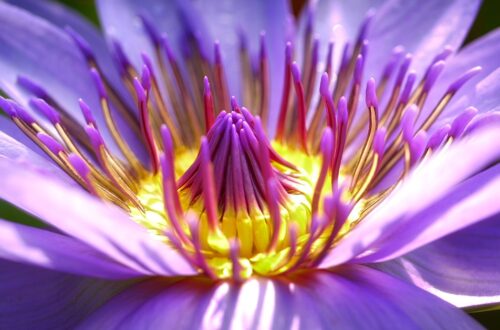


2 Comments
Pingback:
Pingback: